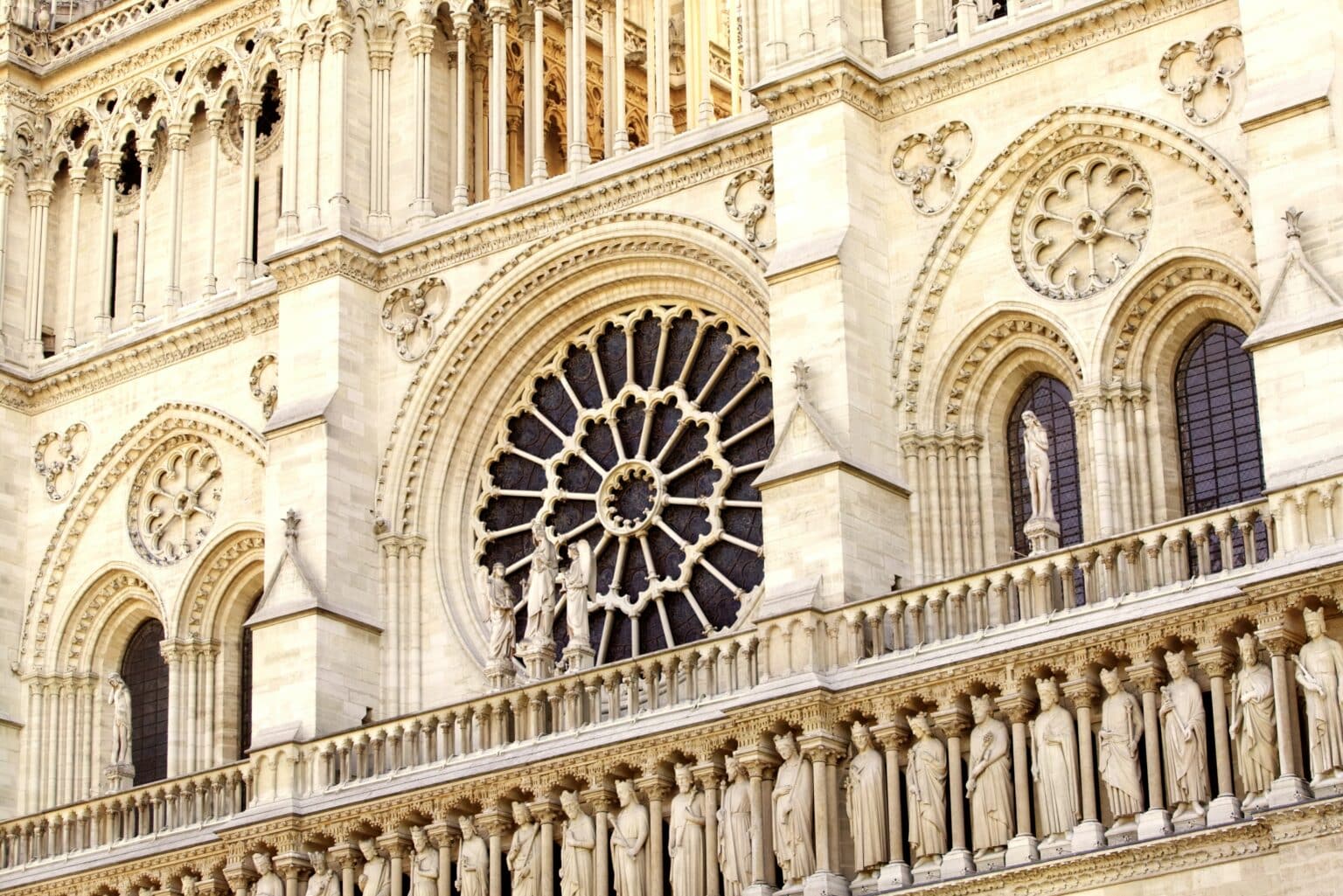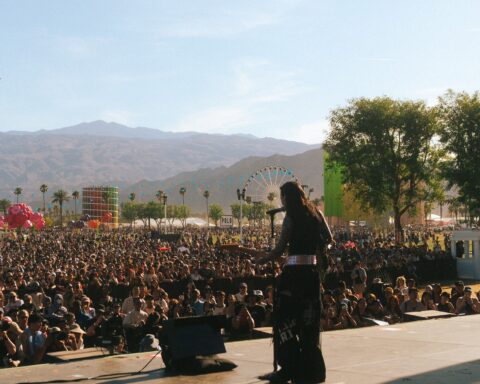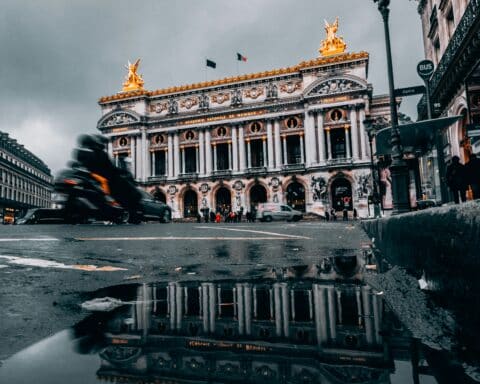More than 2,000 days after the devastating fire that struck the Parisian monument, Notre-Dame is finally reopening its doors. With 860 years of history behind it, the cathedral is turning a new page in its existence, magnified by the work of hundreds of craftsmen. A look back at this major renovation.
On 15 April 2019, a fire suddenly struck Notre-Dame de Paris. Just before 8pm, the cathedral’s legendary spire fell, in front of millions of people watching the event live on television. 340,000 private donors from 150 different countries raised €846 million, more than two-thirds of which was contributed by Bernard Arnault, the Bettencourt family, the Pinault family and TotalEnergies. After five years of work, the cathedral will be rededicated on 7 and 8 December at a long-awaited ceremony attended by 3,000 guests, including around fifty heads of state, 340 French and international media and 40,000 people from the quayside. After an inaugural week, Notre-Dame will welcome back its public and its faithful from 16 December. A lovely Christmas present for the whole world.
Years of work to rebuild Notre-Dame de Paris
Today, Notre-Dame de Paris may be more beautiful than ever, but the architects and craftsmen had a long way to go. The spire rebuilt by Viollet-le-Duc in 1859 had collapsed, the roof structure was destroyed, works of art were damaged, the north tower was damaged and a gigantic hole in the vault revealed a pile of rubble covering the nave.
Around 250 companies were mobilised to rebuild the cathedral. Carpenters, roofers, metalworkers, stonemasons, sculptors… ‘It’s our life’s work. It was the project of a lifetime,’ says most of the 2,000 craftsmen who worked on the project for years. Many of the tools have been reproduced from medieval tools in order to respect the history of the site.
Voir cette publication sur Instagram
In May 2023, the restoration of the masonry and vaults was completed, followed by the cleaning of the walls, painted decorations and vaults, as well as the restoration of the great organ. In September, the entire choir screen, a sculpted masterpiece dating from the 14th century, and the decorations in the sacristy were cleaned and restored. At the end of last year, the cockerel was placed at the top of the spire, made up of 1,000 pieces, 96 metres above the ground. The spire was successfully erected by a workshop in Lorraine.
To kick off the first month of 2024, the medieval framework of the choir was installed, thanks to the skills of some sixty squarers and carpenters. In March, it was the turn of the art furniture and major works, such as the marble and bronze statues of Louis XIII’s vow, the railings, the stalls and the woodwork, to be restored and reintegrated into the cathedral. The following month, Viollet-le-Duc’s chevet cross, the only part of the choir roof that survived the flames, was restored. It was replaced at the top of the choir frame in May.
In July 2024, the trumpet angel, the only medieval sculpture damaged by the fire, was returned to its rightful place in Notre-Dame. The new angel was rebuilt using a resin model and old photos to restore the parts that time had removed.
Voir cette publication sur Instagram
Some of the bells in the north tower, which was hit by the flames, suffered from the heat. The Cornille Havard workshops in La Manche cleaned them. These parts, weighing several thousand kilos, were returned to the belfry on 12 September.
The framework was rebuilt by hand over several years. It took 1,000 oak trees, selected one by one for very specific parts, from 10 French forests. As indicated on the City of Paris website, the choir frame was made by Ateliers Perrault in Saint-Laurent-de-la-Plaine, Anjou, and the nave frame by Ateliers Desmonts in Perriers-la-Campagne, Eure. Notre-Dame has thus regained its forest of beams.
Voir cette publication sur Instagram
Today, Notre-Dame de Paris impresses with its light and brilliance. During his visit, President Emmanuel Macron described the renovation as ‘the finest project of the century’ for what is ‘a source of pride for the nation’. This view seems to be shared by the faithful: bookings for the first masses, which opened on 3 December, are already full.
Read also: Battersea Power Station: the former power station turned temple of London shopping
Featured photo: © Unsplash















